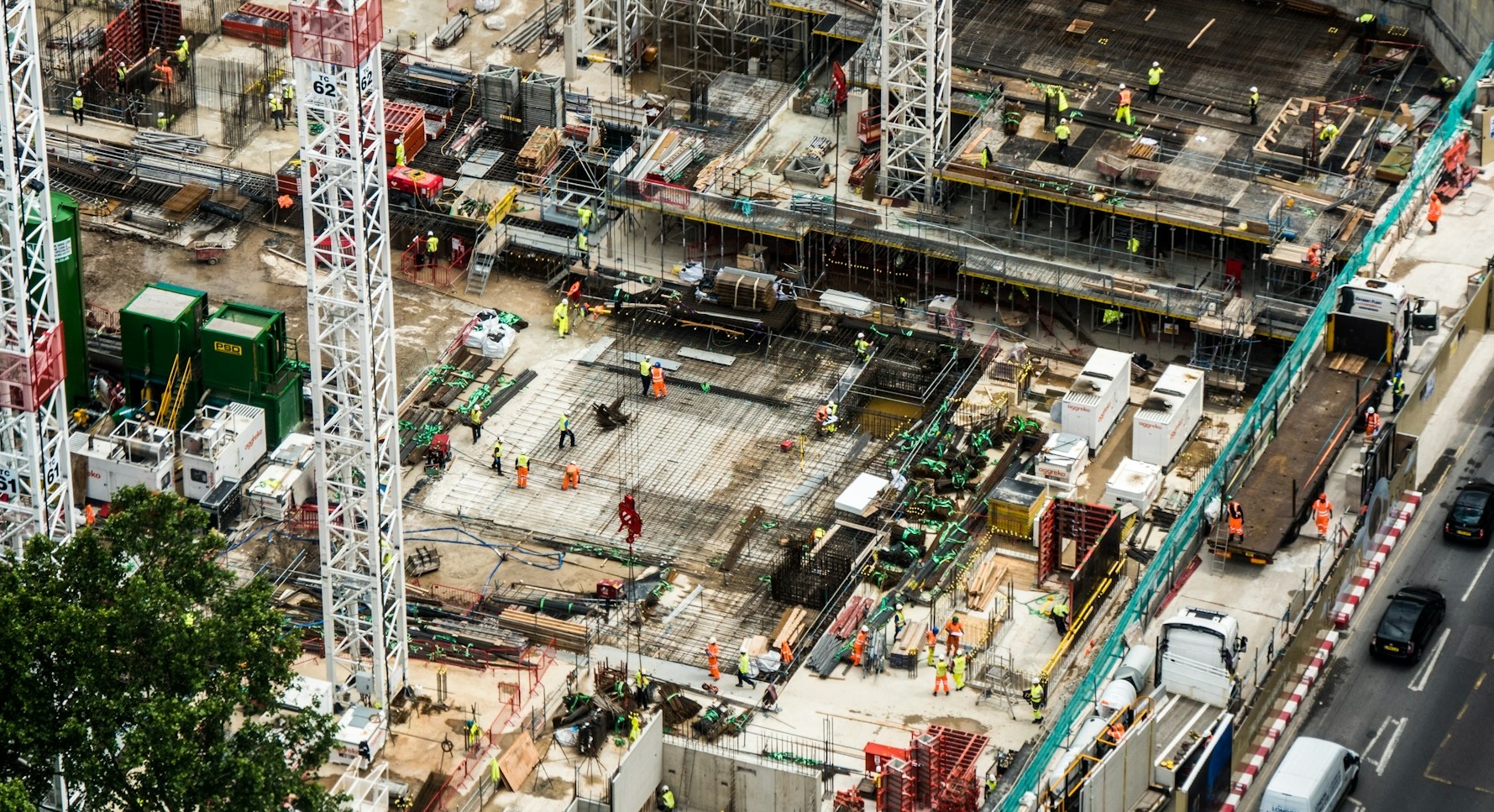The construction and manufacturing sectors have long relied on conventional material flow practices, which often result in inefficiency, waste and elevated energy consumption. As industry attention turns to more eco-friendly processes, sustainable material flow has emerged as a pivotal driver for transforming how materials move and impact ecological systems.
Outdated Approaches in Material Flow
Historically, many sustainable material flow initiatives have leaned on rudimentary methods. One example is linear life cycle design, where end-of-life reuse or recycling is rarely considered. This approach typically results in significant volumes of demolition waste and heavy dependence on landfills. Inefficient packaging and material selection also limit opportunities for recovery and reuse, as products are seldom optimized with life-cycle considerations in mind.
On construction sites, manual interventions — such as physically clearing clogged hoppers or pipelines — are frequently required, wasting both time and labor while creating flow inefficiencies. Furthermore, demolition has often been prioritized over systematic deconstruction, undermining the recovery of valuable materials and hindering the transition to circularity.
Such practices frequently overlook advanced tools like life-cycle assessment (LCA) or material-flow analysis (MFA), which are central to designing closed-loop, resource-efficient systems.
The Rise of Sustainable Material Flow Frameworks
Contemporary strategies center on forging a circular economy mindset and extending material life through reuse, intelligent design and closed supply chains. New initiatives — such as frameworks that target annual improvements in energy efficiency and reduced emissions — are reshaping the way manufacturing and construction are evaluated. Instead of focusing solely on reducing waste at the end of a project, these systems encourage sustainable choices throughout design, manufacturing and operation.
Modular and prefabricated elements have also gained traction, streamlining construction processes, reducing on-site waste and improving opportunities for recyclability. Additionally, government and institutional programs now promote sustainable packaging, design practices and whole-life planning tools, further embedding sustainability into material flow. Most importantly, integrating LCA and MFA provides a data-driven foundation for optimizing energy use, carbon reduction and resource management at every stage.

Sustainable Material Flow: Modern, Eco-Friendly Strategies
Sustainable material flow has shifted from an optional consideration to a core component of high-performance construction and manufacturing. By rethinking how materials are designed, moved and recovered, companies are discovering opportunities to reduce energy use, extend material life and enhance recycling efficiency. These approaches go beyond waste reduction, positioning material flow as a driver of innovation and long-term resilience.
Digital Modeling and Intelligent Tracking
Digital technologies are revolutionizing how materials are monitored and managed. Building Information Modeling (BIM) is used to plan lifetime material flows, anticipate deconstruction pathways and maximize recovery at the end of a building’s use.
At the same time, material-flow analysis tools like Sankey diagram modeling clarify the flow of resources across supply chains. These tools highlight inefficiencies and create opportunities for improvement, equipping project teams with the data required to reduce energy consumption and maximize reuse.
Circular Design and Advanced Material Recovery
Design strategies that prioritize adaptability and deconstruction make it possible to reclaim and reuse materials, thereby minimizing waste and preserving embodied energy. The growing adoption of modular and prefabricated construction elements reduces site inefficiencies and enhances recyclability.
These methods enable designers and contractors to anticipate end-of-life scenarios and plan for material reintegration into future projects. By employing analytical tools like LCA and MFA, project teams can optimize early decisions, ensuring that manufacturing and construction processes align with long-term sustainability goals.
Life Cycle Monitoring and Circularity Metrics
The combination of LCA and MFA provides new visibility into the impact of construction materials’ entire life cycle. This includes raw material extraction, manufacturing inputs, in-use emissions and end-of-life processing.
By applying these tools, decision-makers gain a comprehensive picture of environmental impact, which informs more sustainable procurement, manufacturing and design practices. Environmental product declarations further support these strategies, offering transparency that allows organizations to balance cost, performance and environmental considerations.
Proactive Equipment Selection
Equipment choices are crucial in shaping sustainable material flow. Electric vibrators, for instance, efficiently convert electrical energy into targeted vibrations, delivering smoother material handling, compaction and separation with minimal energy losses. This precision reduces maintenance needs and material waste, making the equipment highly effective in manufacturing and construction.
Pneumatic vibrators, which operate through compressed air, also improve the movement of materials in silos, pipes and hoppers. These systems are advantageous in environments where electrical reliability is limited or where spark-safe equipment is required.
By choosing advanced electric or pneumatic vibrators, operators achieve smoother handling of bulk materials while lowering energy consumption. Beyond energy savings, these devices enhance material salvage and reduce waste, improving recycling yields and contributing to a more circular economy.
Institutional Support for Circular Systems
Institutional and federal support is strengthening the large-scale adoption of sustainable material flow. National research programs are investing in advanced materials and manufacturing systems that promote circular economy principles, such as design for reuse, waste minimization and advanced recycling techniques.
Agencies also fund digital tools, workforce training and research partnerships that advance supply-chain security, decarbonization and life cycle resilience. These efforts encourage organizations across the construction and manufacturing industries to adopt large-scale circular models, driving systemic transformation.

Turning Strategies Into Practice
The shift from outdated material flow habits to innovative, sustainable strategies represents a true material flow revolution. Heavy reliance on disposal and reactive interventions has evolved into a system guided by circular design, proactive equipment selection and data-driven life cycle planning. Digital modeling tools now enable smarter project decisions, while institutions provide the frameworks and funding to scale sustainable practices across industries.
Construction and manufacturing professionals should design with circularity in mind from the earliest project stages. Integrating tools like BIM, LCA and MFA monitors flows and anticipates recovery opportunities. Prioritizing equipment — such as energy-efficient vibrators — reduces waste and enhances recycling yields. Finally, aligning projects with broader institutional initiatives leverages funding, standards and collaborative resources.











